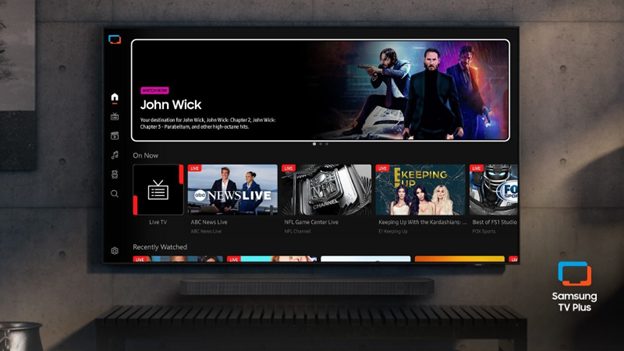FCC clarifies obligation of broadcasters to publicize DTV walk-in help centers
News
By
TVTechnology
published
Add us as a preferred source on Google
The FCC clarified what it expects of stations required to publicize the location and hours of operation of walk-in help centers to assist viewers in preparing for the DTV transition in a public notice released last week.
As part of the March 13 FCC order implementing the DTV Delay Act, most broadcasters still on the air in analog are required to publicize the centers. The notice specifies that broadcasters must publicize centers in their DMA within 10 business days of learning of their existence.
According to the notice, these stations must publicize walk-in help centers that:
- are open and staffed 4-8 p.m. on Fridays, and 10 a.m. to 4 p.m. on Saturdays and Sundays at a minimum. For the 14 days prior to June 12 and for seven days on and after June 12, each center must be open every day at least from noon to 8 p.m.
- have at least one analog television, one digital-to-analog converter box, one VCR or other recording device and one antenna capable of receiving local broadcast stations at the site. All devices must be functional. The center also must have a display area for all required printed literature, including material regarding the converter box coupon program, connection guides for digital-to-analog converter boxes, guides for antenna and reception issues, DTV publications for those with disabilities and local broadcast station coverage maps.
- offer a DVD player with a separate viewing device so visitors can watch educational videos regarding converter box installations, antennas, reception and coverage issues. Also required is at least one computer with a high-speed Internet connection so visitors can apply online for converter box coupons and access other DTV transition information. Centers must also provide a local or toll-free phone number for consumers to call and inquire about location(s) and days and hours of operation.
- are staffed with a least one individual on-site who has been trained and who can demonstrate how to install a digital-to-analog converter box with an analog TV, a VCR or other recording device and a broadcast antenna, and how to adjust the antenna for maximum reception. The individual must also be able to demonstrate how to operate the converter box, including scanning and rescanning for digital channels and the use of closed-captioning features.
Get the TV Tech Newsletter
The professional video industry's #1 source for news, trends and product and tech information. Sign up below.
CATEGORIES
